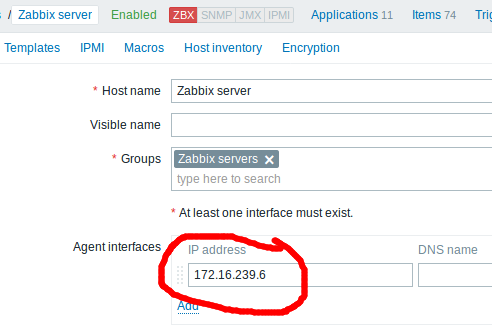
Connecting by the IP address will time out: :/# curl 172.23.0. Already tried this solution, but it didnt work.
Then connect to the container atp 8080:80 to map container port 80 to port 8080 on the docker hosts network interface.
Mind that we can't connect to the “test3” container because it's in a different network. The containers IP address is an internal IP address to ping/reach the container, use port mapping to publish its port(s) -pDocker's builtin DNS service will resolve the address for us: :/# curl test2:8080 Since we're inside the Docker's network, we can also use the alias instead of the IP address. Then, use curl to send a request to the “test2” container: :/# curl 172.22.0.2:8080 Communication Between Containersįirst, let's get inside the “test1” container: $ docker exec -it b09a8f47e2a8 /bin/bash LogPath container Display the image name of the. Examples (TL DR) Show help: docker inspect Display information about a container, image, or volume using a name or ID: docker inspect containerimageID Display a containers IP address: docker inspect -formatrange. IPAddress end container Display the path to the containers log file: docker inspect -format.

For the most part, you can pick out any field from the JSON in a fairly straightforward manner. By default, docker inspect will render results in a JSON array. First, let's list all containers with their identifiers: $ docker ps -format 'table 'Īlternatively, we can print hosts directly from a container using the docker exec command: $ docker exec 78c10f03ad89 cat /etc/hostsġ72.23.0.3ė8c10f03ad89 5. Return low-level information on Docker objects. Docker inspect provides detailed information on constructs controlled by Docker. Similarly, we can inspect a specific container.


 0 kommentar(er)
0 kommentar(er)
